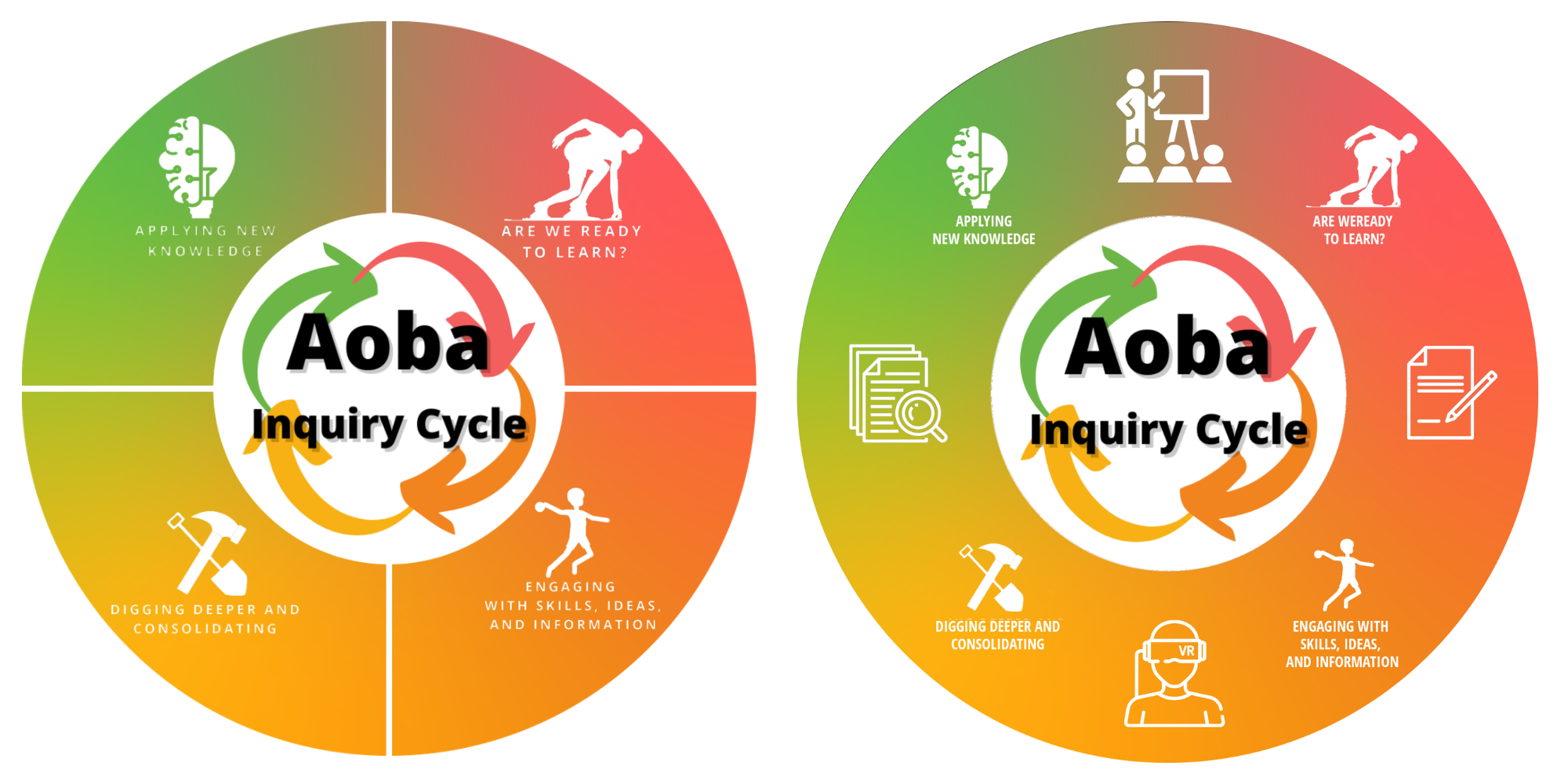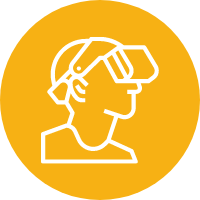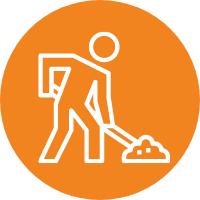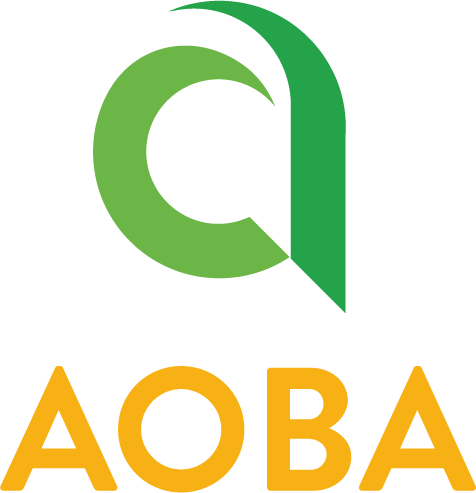How to Learn with Virtual Reality?
📘 What applications do we have to use?
Sky's the limit! As you read, new simulations and games are being developed and shared. For a quick look to see what applications Aoba has, you can browse the resources below.
Meta Quest: https://www.meta.com/experiences/section/391914765228253/
HTC Vive Cosmos via Steam Platform: A-JIS Steam Application List (Just filter by VR)
Please note if you need a certain game/application installed, please contact a ICT technology integration specialist for assistance.
📘 What are the pedagogical implications?
Integrating VR into the classroom is akin to planning a well-thought-out field trip—it’s not just about the novelty or excitement of using new technology. The key question is: How does VR enhance the learning process in a meaningful way?
The Aoba Inquiry Cycle serves as an essential framework for this. When designing a VR-based activity, it’s important to align it with each stage of the cycle to ensure that the technology is used purposefully and effectively.

 Are We Ready to Learn? - Setting the Foundation
Are We Ready to Learn? - Setting the Foundation
At this stage, students develop an inquiry question that will guide their exploration. The role of VR here is to provide an engaging entry point into the topic. By immersing students in a virtual environment, they can begin to think critically about:
What do I know? VR experiences can spark initial curiosity and help students recall prior knowledge by placing them in relevant scenarios.
What do I want to know? The immersive nature of VR can stimulate questions that might not arise in traditional learning environments.
What ideas am I interested in? VR allows students to explore topics from new perspectives, encouraging them to pursue inquiries that are personally meaningful.
 Engaging with Skills, Ideas, and Information - Exploration
Engaging with Skills, Ideas, and Information - Exploration
In this stage, students actively engage with VR applications that are relevant to their inquiry question. This is where VR's potential truly shines:
What resources do I need? VR can provide access to environments, tools, and experiences that would otherwise be inaccessible, allowing students to gather rich data and insights.
What information do I need? Through VR, students can explore detailed simulations or virtual field trips, deepening their understanding of the subject matter.
How does it relate to what I want to know? The immersive experience helps students make connections between their inquiry question and the information they are gathering, fostering a deeper engagement with the content.
 Digging Deeper and Consolidating - Investigation
Digging Deeper and Consolidating - Investigation
Here, students use VR to conduct more focused research, delving deeper into their inquiry:
What further information is required? VR allows for repeated exploration, enabling students to test hypotheses, examine details, and gather more specific data.
How can I apply this knowledge? The virtual environment can be used to simulate real-world applications of their learning, helping students to see the practical implications of their research.
How does it enhance my understanding? As students engage more deeply with the VR content, they consolidate their learning by linking new knowledge to their existing understanding.
 Applying New Knowledge - Reflection and Demonstration
Applying New Knowledge - Reflection and Demonstration
In the final stage, students reflect on their learning and demonstrate their understanding, using their VR experiences as a foundation:
What conclusions can I draw? VR can help students visualize and synthesize their findings, making abstract concepts more concrete.
How does this connect to my broader learning? By reflecting on their VR experience, students can identify connections between their inquiry and other areas of learning, leading to a more integrated understanding.
How can I apply what I’ve learned? Finally, students consider how they can use their new knowledge in real-world contexts, whether through further research, presentations, or practical applications.
📘 Use case examples:
Virtual Field Trips can take you on immersive journeys to historical sites, natural wonders, and cultural landmarks around the world. Try out YouTube VR or 360 videos!
Interactive Science Lessons: Just into an enhanced science classes with 3D simulations and interactive models of complex biological, chemical, and physical processes.
Art and Design Projects: Explore and create digital art, sculptures, and architectural designs in a virtual environment. Show them off later in a art exhibition!
Language Immersion: It can provide immersive language learning experiences by simulating real-life conversations and environments in the target language.
